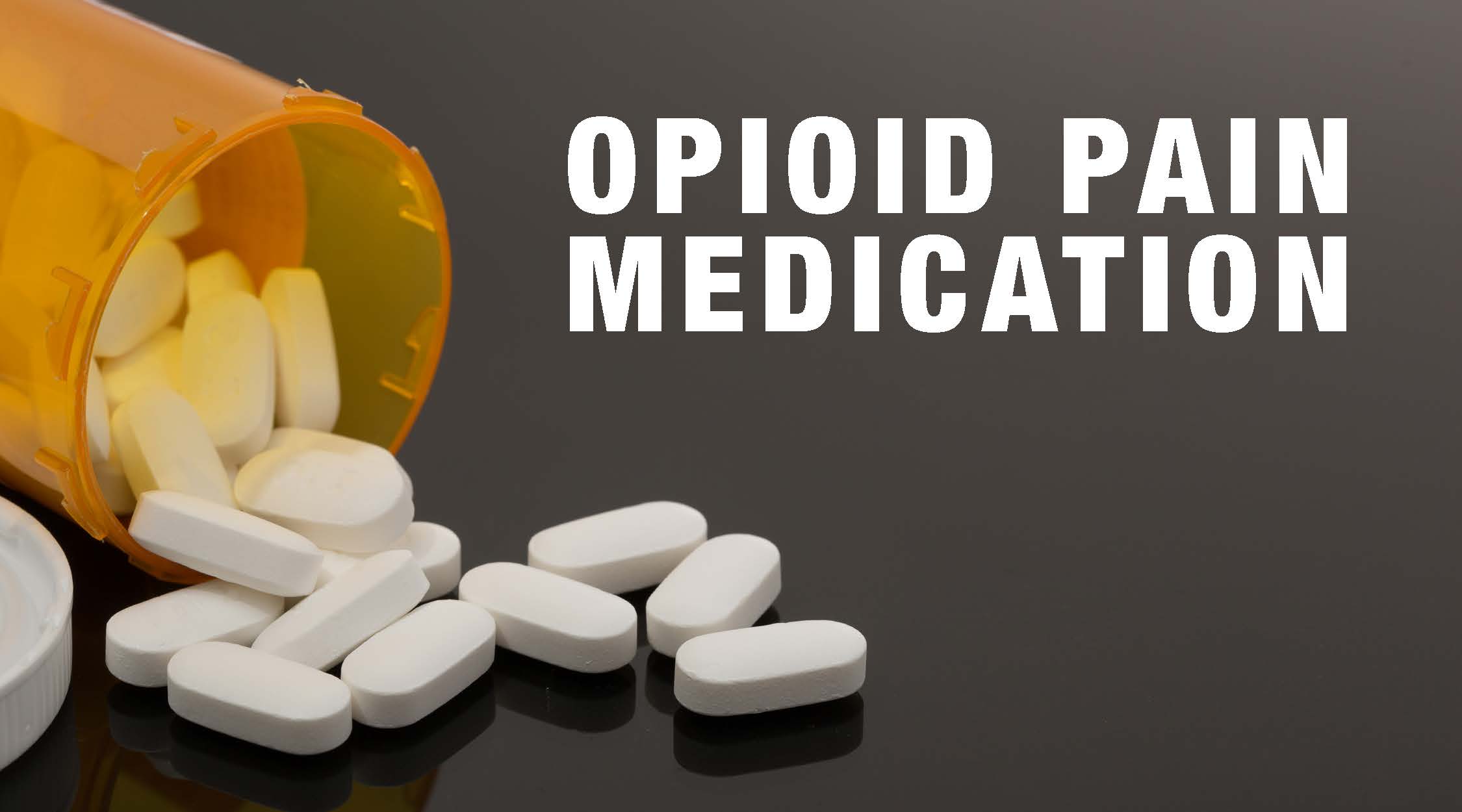Source: media.defense.gov
The 2018 Pain Management Event featured excellent presentations and workshops from experts in the field of pain management. The latest topics were deliberated thoroughly through small interactive case discussions. Nurses, doctors, and other members of the healthcare team were there to share and exchange insights and ideas on how to taper the use of opioids in chronic pain, new treatments for migraine, and legal concerns in pain management. All healthcare teams agreed that the best way to achieve their goals was to work together in keeping down the epidemic of insufficient and often dangerous pain management. Pain relief without the use of opioids is their utmost goal. Is it possible? Apparently, it is.
Below is a list of non-opioid medication options that offer effective pain relief:
Antidepressants. There is pain relief in the affected part of your body, but the sensation of pain is there because the brain says it is, so does the anxiety and depression. Physical pain is sometimes a symptom of depression. Thus, taking antidepressants even if you are not depressed may often eliminate or lessen the physical pain.
Over-the-counter Medications. NSAIDs like naproxen and ibuprofen decreases inflammation that aggravates the pain. Some people use Tylenol, acetaminophen, to help with their pain conditions, although it doesn’t reduce inflammation. So doctors often recommend that it be combined with acetaminophen to reap the best effects of both medications. The key is using the lowest dosage at the shortest possible duration, as prolonged use may cause heart problems, liver damage, and other complications.

Source: commons.wikimedia.org
Local Anesthetics. Using various topical solutions, gels, creams, and patches can help reduce pain. An example of a topical anesthetic is lidocaine, a numbing agent.
Other Medications. Studies suggest that some medications may help in pain management. Doctors usually prescribe naltrexone to taper the use of opioids and relieve pain in some patients, although in minimal doses. Ketamine has also been experimented and proven to calm the pain, but more research is necessary as this is often used as a horse tranquilizer.

